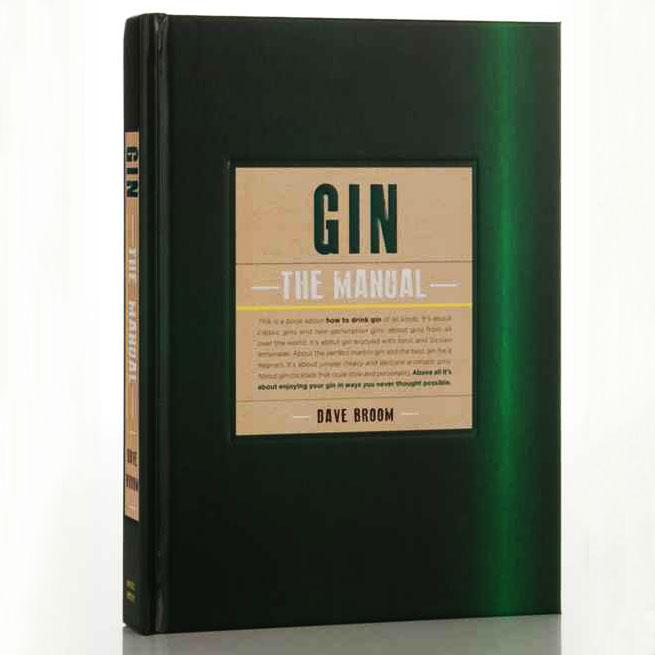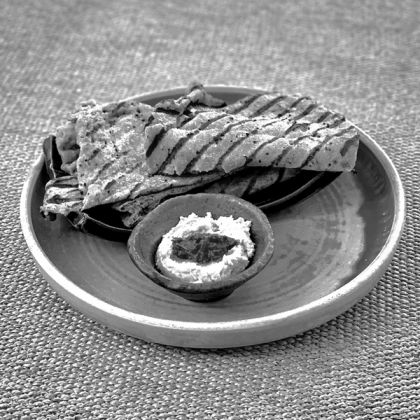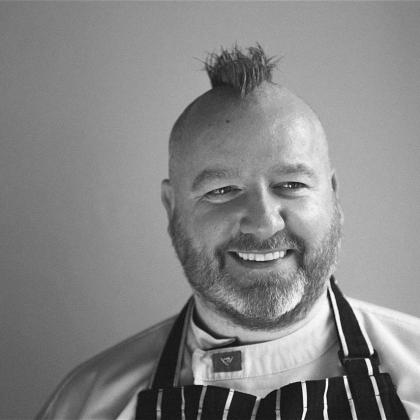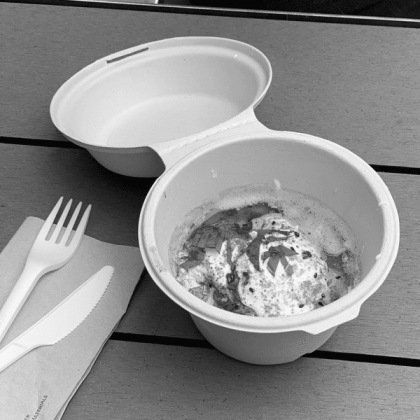Let’s talk about Gin.
With new gin brands being launched at an extraordinary rate, it may seem that gin is finally having its moment in the sun but as Dave Broom explains in his excellent new book Gin - The Manual, gin has had many moments through the centuries, and not all of them as refined as the current boom. Born in Scotland, Dave Broom is best known for his encyclopaedic work, ‘The World Atlas of Whiskey’, a book widely considered the masterwork on the subject of whiskey.
With Gin - The Manual, we are taken on a history of the evolution of this wonderful spirit from its early iteration – ‘genever’ – and the critical importance of the all important juniper berry, onwards through the 1700’s when London was the centre of spirit distillation in England, accounting for ninety percent of total volume and most of it, gin. It was 'the drink of the slums’ and this was 'the gin craze' and, incredibly, by 1730 consumption has reached 3 million gallons - a situation that required government to act on more than one occasion to curb the numbers.
There are sections on 'The Rise of the Cocktail', the refinement of the distilling process, and the influence of America in the emergence of the gin that we know today. I always wondered who decided to add tonic to gin but it was actually the other way around - in the late 1860’s, gin was added by the British Army to anti-malarial tonic waters to soften their harsh taste! We Irish had our part to play in the development of gin too: Aeneas Coffey, invented a new type of still in 1832 that led to an improvement in the quality of gin. The book is filled with many such interesting facts and anecdotes.
The big turning point for gin in a modern sense was the launch of Bombay Sapphire in 1987 in its signature blue bottle, an event, Mr Broom says, 'that revitalised the whole gin sector.’ Suddenly, venerable brands that had been flying the flag for gin in the face of a wave of enthusiasm for the ‘flavourless assassin’, vodka, found that their product was once again in demand.The book continues with a very informative section on the production of gin and a list of the many botanicals that can be used to give each gin its unique character as well as the distillation techniques that can be used to best extract and imbue these characteristics.
In the second section of the book we get down to the fun bit - how to drink gin. There are recipes for the classic gin drinks: The G & T; Gin Fizz; Negroni; Martinez; and then a comprehensive tasting evaluation of a great array of gins from Great Britain, France, Spain, Sweden, Germany - well, almost everywhere actually - all written in Dave Broom's wonderfully readable and knowledgable style.
Each gin is rated on its suitability for making either a classic G&T, Negroni, Martini or with Sicilian Lemonade and this section of the book will be really interesting to any gin enthusiast. The book’s last section has recipes for a great array of cocktails, making it a true ‘manual’ for the gin drinker. If there’s a disappointment with the book it’s that no Irish gin is featured - something that’s sure to be rectified in future editions given the explosion of new gin brands on this island.
In the next edition of Megabites, I’ll be using Dave Broom’s book to host a tasting panel on some of these Irish gins - from Bertha’s Revenge in CastleLyons in Co Cork, to Blackwater No.5 Gin in Co. Waterford and ShortCross Gin from Downpatrick, to name a few.
Dave Broom will host a talk and tasting on Gin, with Peter Mulryan of Blackwater Gin and drinks expert Nick Strangeway, at the Ballymaloe LitFest on Sunday May 22nd.
Eamon Barrett







